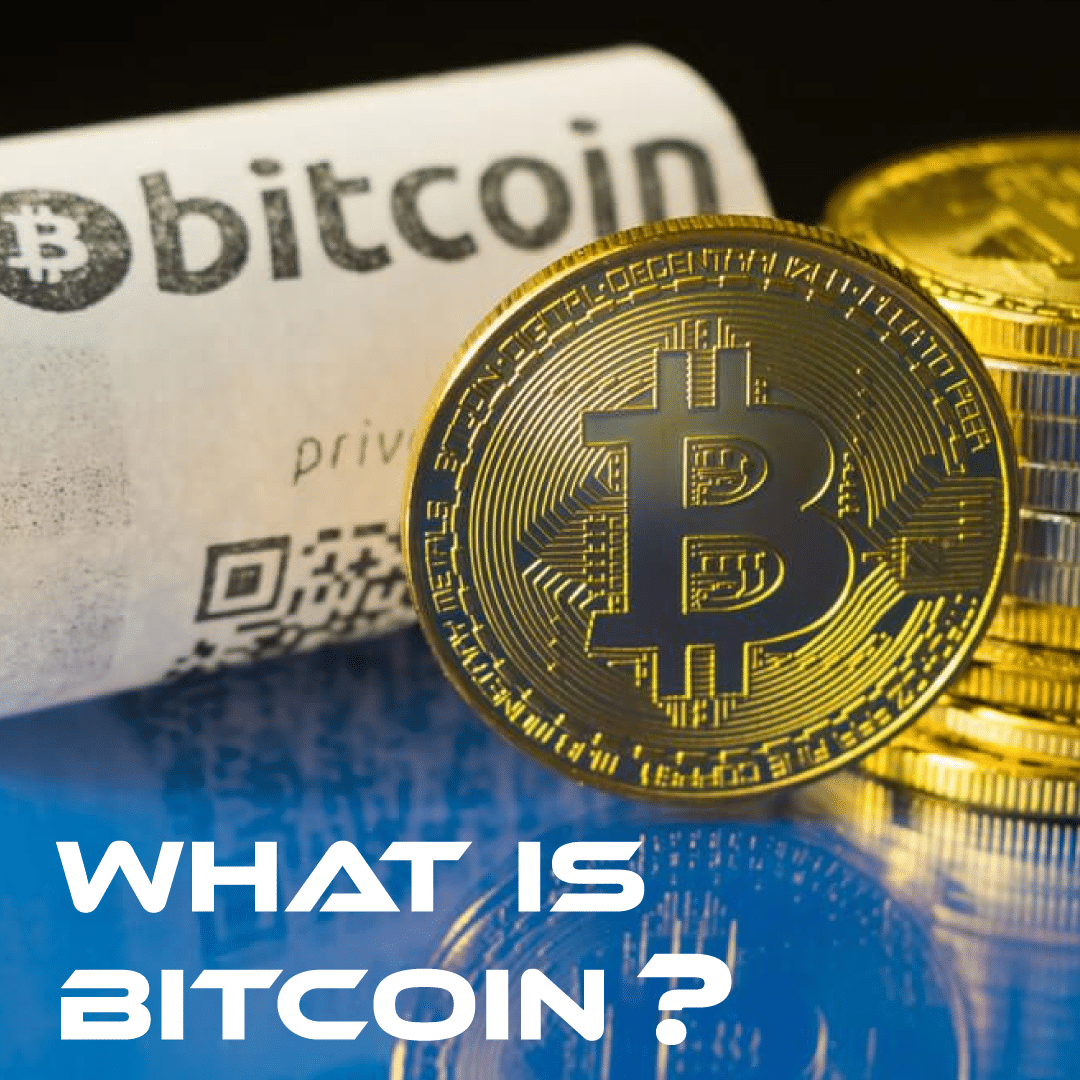
What is Bitcoin?
2020 has been quite the year (understatement of the century) and for many of us we’ve had to adapt. It seems like everything today has gone virtual: work meetings on Zoom, overshopping on Amazon, even having our groceries delivered. It’s no coincidence that Bitcoin, the most popular and widely accepted digital currency on the market, has been blowing up!
What exactly is Bitcoin you ask?
Bitcoin provides a simpler alternative to the traditional financial system. Since Bitcoin is a decentralized currency, it removes the bank as a middleman between transactions – eliminating the banking fees associated with it (instant savings!) Bitcoin values user privacy. Besides requiring a user to verify their identity (i.e. SSN, drivers license, etc.) these three factors also maintain Bitcoins security: Bitcoin is encrypted within blockchain (meaning your personal information is hidden), Bitcoin is public (meaning all transactions are transparent, protecting anyone from scamming/cheating the system) and Bitcoin is decentralized (meaning transactions are kept track of worldwide.) Should someone try to hack a server, it would be pointless; there’s nothing you could steal that other servers couldn’t prevent and protect. Bitcoin is also not controlled by any government, entity or person but rather a network of computers around the world. From a user perspective, Bitcoin is pretty much like cash for the Internet.
What does that mean? How does it all work?
Basically, Bitcoin can be compared to virtual gold. Like gold, it is also created by mining, but the process is entirely electronic. Bitcoin miners verify transactions and combine those transactions into “blocks”, which in turn make up the digital currency’s blockchain. A blockchain is a public ledger of all verified transactions, of which Bitcoins are inseparable from. When a new “block” is completed, new Bitcoins are released and the network is updated. Miners are rewarded with Bitcoins for their work, which can be exchanged for other currencies, products, and services.
Where does one keep virtual money and will it run out?
It’s pretty straight forward when you get the hang of it. Bitcoins are finite; there are only 21 million in circulation worldwide. Once all 21 million have been mined, there will never be any new Bitcoins (unless a change to the protocol is made to increase the supply.) Bitcoins are kept in a digital wallet, storing the digital credentials for your Bitcoin holdings and allowing one to access (and spend) them. Bitcoin uses two cryptographic keys: one public and one private. Your wallet is a collection of these keys and can be used to track ownership, receive or spend cryptocurrencies.
So why have two keys, what’s the difference?
The two-step authentication for most transactions keeps cryptocurrency secure. Anyone can send cryptocurrency to an address. However, only the one who has the private key of the corresponding (public key) address can use it. Simply put: a public key allows others to make payments to the address derived from it, whereas a private key enables the spending of cryptocurrency from that address.
Fun fact: Bitcoin was invented in 2008 by an unknown person or group of people using the name Satoshi Nakamoto.

